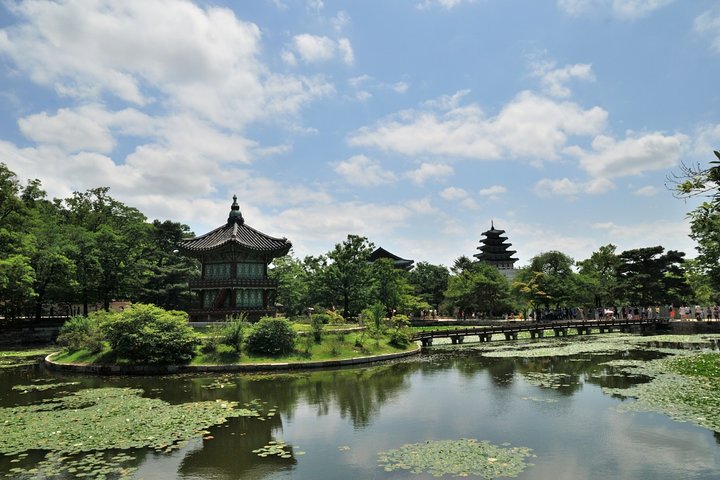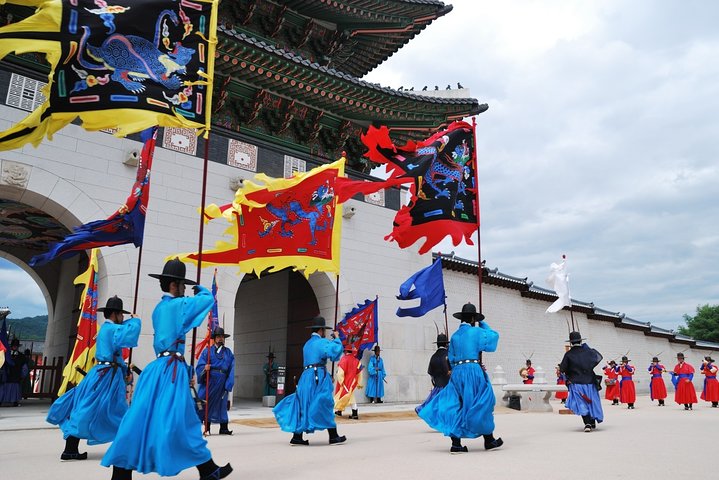Exploring the DMZ: A Journey Through History and Humanity
Embarking on the DMZ Tour from Seoul, I was eager to explore the historical and cultural significance of this unique region. With our guide Hana leading the way, the journey promised to be both enlightening and unforgettable.
A Journey Through History: The DMZ Tour
As I embarked on the DMZ Tour from Seoul, I was filled with anticipation. The Korean Demilitarized Zone, a place steeped in history and tension, promised an experience unlike any other. Our guide, Hana, was a beacon of knowledge, weaving stories of the past with the present, creating a tapestry of understanding that was both enlightening and moving.
Our first stop was the Imjingak Pyeonghoa-Nuri Park, a serene tribute to the Korean War refugees. The park’s atmosphere was both peaceful and poignant, setting the tone for the day. The “Iron Horse” train, a symbol of the severed railway between North and South Korea, stood as a stark reminder of the division that still exists. As someone who has always been fascinated by the intricate dance of history and culture, this was a moment of reflection.
Into the Depths: The Third Infiltration Tunnel
The highlight of the tour was undoubtedly the Third Infiltration Tunnel. Discovered in 1978, this tunnel was a chilling reminder of the tensions that once threatened to erupt into full-scale conflict. Walking through the tunnel, I could feel the weight of history pressing down on me. The coal dust, left by North Korea as a cover story, clung to the walls, a tangible connection to the past.
Before entering the tunnel, we had the chance to drink DMZ spring water from a nearby fountain. It was a small but significant gesture, a moment of connection with the land itself. As we emerged from the tunnel, the path was covered in woven rope mats, providing a welcome relief to our feet after the long walk underground.
A View Across Borders: Dora Observatory and Beyond
The Dora Observatory offered a rare glimpse into North Korea. Using high-powered binoculars, we could see the propaganda village of Kijong-dong and, on clear days, even the bronze statue of Kim Il-sung. Hana’s stories about the record-breaking height of the North Korean flagpole added depth to the view, transforming it from a mere sight into a narrative of pride and propaganda.
Our journey continued with a buffet-style lunch at the Unification Village, where we tasted dishes made from DMZ-grown soybeans and ginseng. It was a culinary experience that connected us to the land and its people, a reminder of the resilience and hope that persists despite the division.
The day concluded with a hike across the Gamaksan Red Suspension Bridge. Known for its breathtaking views of the Seolmari Valley, the bridge was a fitting end to our journey. The woven rope mats provided traction and cushioning, a thoughtful touch that made the hike both easy and enjoyable.
Reflecting on the day, I was struck by the kindness and dedication of our guide, Hana. Her efforts to help a fellow traveler recover a lost phone were a testament to her character and the spirit of the tour. This experience was not just a journey through history but a reminder of the human connections that transcend borders.





















































